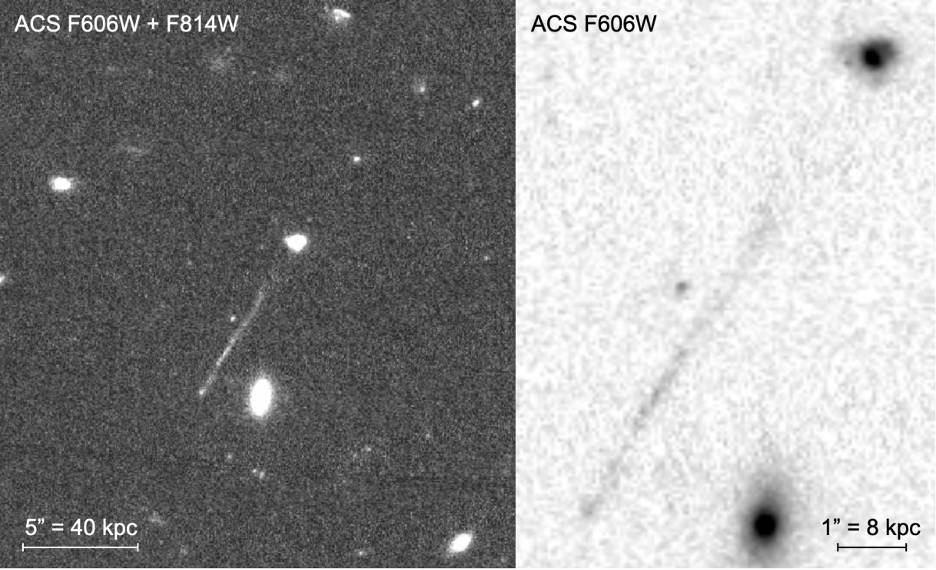Image Courtesy of Ben Freeman.
“One morning, I woke up on the concrete floor of my hotel room with no memory of how I got there. And no, I was not drinking,” said Ben Freeman, postdoctoral fellow at the University of British Columbia. He had fallen unconscious in Lae, a lowland city in Papua New Guinea. Having traveled from Vancouver, he was there to catch birds and collect blood samples. Unfortunately, he contracted a case of malaria that caused him to faint. But how? Freeman had been working in the highlands, where malaria should not have been a concern. His doctor walked into his room in the clinic. “Ok, but look, you have malaria, and you need treatment,” his doctor said, clearly not as intrigued as Freeman was.
After recovering, Freeman remembered that global warming had caused human malaria to move upslope. He wondered if the same was true for avian malaria. “In Hawaii, birds have gotten pushed to higher and higher elevations due to climate change,” Freeman said. Perhaps, the same was occurring in New Guinea. The biotic interactions hypothesis suggests that more species clustered in warmer regions drive disease transmission. Indeed, Freeman found that disease prevalence was higher at warmer, lower elevations. However, there was another, unexpectedly stronger influencing factor: evolutionary relatedness.
As Freeman puts it, there are two ways to think about disease risk. “Risk is a function of environment or risk is a function of who you are as a bird,” he said. Freeman’s second hypothesis, based on evolutionary relatedness, was the key driving force behind disease prevalence in New Guinean birds. For example, three species of Melanocharis berrypeckers had high infection rates, while three species of Pachycephala whistlers had low infection rates despite all these birds living in similar elevations.
The importance of relatedness is not unique to birds. There might be similar patterns in coral reefs, where temperature is not a large factor for parasitic infection. Yet, it is unclear how far this pattern extends. “Humans were a tropical species when they were in sub-Saharan Africa. How does that shape our disease risk?” Freeman said. Could there be an evolutionary rather than environmental connection?Freeman and his team spent years collecting and analyzing over two thousand blood samples from bird species. He loved inspecting and admiring the various bird species his team caught using fine mesh mist nets. “Checking on the birds in the nets was like Christmas morning,” Freeman said. Once, his team caught the Hooded Pitohui, a poisonous bird. While not strong enough to harm humans, the bird holds the same poison as dart frogs. Egged on by his team, Freeman excitedly licked his finger after touching the bird and felt his tongue turn slightly numb. “I suspect that explains why the [Hooded Pitohui] just sits there calmly, waiting for you to agree that they taste terrible as opposed to most birds, which just try to rip your fingers off,” Freeman said
Freeman’s experience demonstrates that sometimes, accidents result in incredible discoveries. Freeman’s discovery of the influence of evolutionary relatedness in disease transmission has implications beyond “who you are as a bird.” In particular, the host-parasite coevolution phenomenon displayed in this research raises fascinating questions about evolution, population changes, and disease dynamics that deserve to be explored beyond New Guinea.

